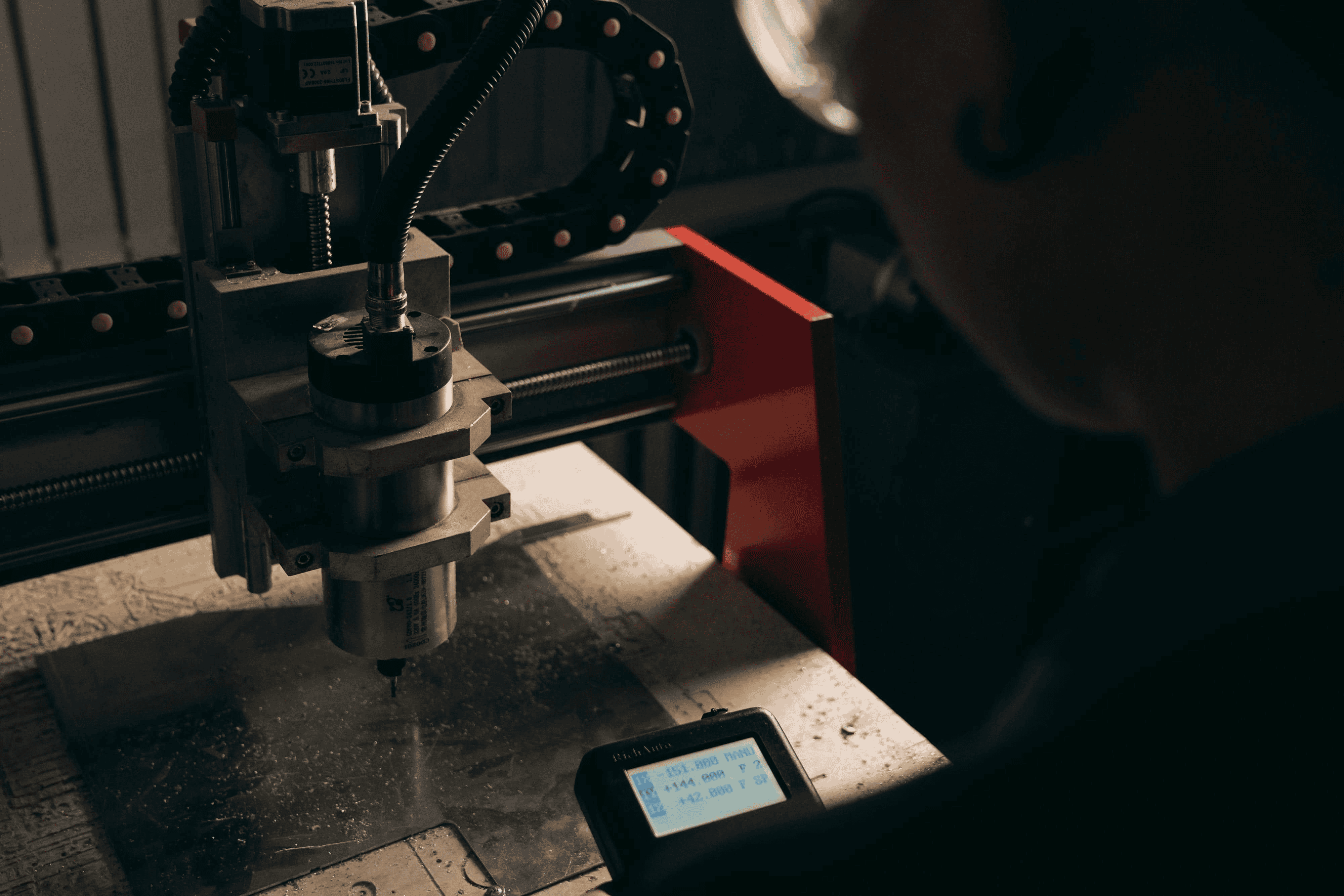Custom Fabrication

Welding certification confirms you can produce consistent, code compliant welds in a defined scope. A certification is not a blanket license for all welds. It is a performance based credential tied to a specific code or standard, a welding process, a base metal and thickness range, a filler, and positions like flat, horizontal, vertical, or overhead. In practice, you are qualified for what you test and pass, and the qualification details live in your paperwork.
Codes and standards vary by industry. Structural steel often follows AWS D1.1. Stainless and sheet work may align with AWS D1.6 or D9.1. Pressure pipe often points to ASME Section IX or API codes. Each code sets rules for joint prep, parameters, essential variables, acceptance criteria, and test methods. The usual paper trail includes a Welding Procedure Specification, procedure qualification records where needed, and a welder qualification test record documenting your successful performance.
Choosing the right target matters. If you plan shop structural work, a plate test to AWS D1.1 in 3G and 4G covers a wide slice of real jobs. If you are headed to piping, a 6G pipe test has strong value because it challenges all positions in one go. The test scope should mirror the work you aim to do.
Most candidates test in processes like SMAW, GTAW, GMAW spray or short circuit, and FCAW. Tests may be plate or pipe, carbon steel or stainless, sometimes aluminum under D1.2. Positions include 1G or 1F, 2G or 2F, 3G or 3F, 4G or 4F, and 5G or 6G for pipe. Examiners first perform a visual inspection. If the coupon passes visual, it proceeds to bend tests or sometimes radiography or ultrasonic evaluation. Acceptance looks for sound fusion, no cracks, tight reinforcement control, and limited undercut or porosity per code.
A fast welding certification or quick welding certification is possible when you align scope, practice plan, and scheduling. Start by defining the code you need based on your target industry. Next, obtain a WPS that matches the test joint and practice exactly to those variables. Control heat input, travel speed, interpass cleaning, and fitup. Small tweaks make a big difference in test results, so rehearse the full sequence rather than freehand practice.
Book time with an accredited test facility that can test under the code you want and certify through a recognized body. Bring proper ID, filler, and any code required documentation. Many facilities can schedule within days if you are prepared. Expect a same day result for visual and bend tests, with official paperwork shortly after. Keep a continuity log by recording work on the process at least every six months to keep the qualification current, per code rules.
Timelines depend on your readiness. With focused practice, a single process plate test can be completed in one to two weeks including scheduling. A 6G pipe test often takes longer due to increased difficulty. Fees vary by region and scope, but many candidates budget a few hundred dollars for a single plate test and more for pipe, radiography, or repeat attempts. Add practice material costs and shop time where needed. Renewal may require continuity records or retesting depending on the code and employer policy.
Treat the test like a production weld. Fitup is the foundation. Bead placement and tie ins must be deliberate. Watch your puddle, control arc length, and maintain consistent travel speed. Clean between passes and verify sidewall fusion. Avoid rushing the root. If the WPS allows, a tight root opening and proper land help control penetration on plate. On pipe, maintain your keyhole and feather tack ends so your tie ins disappear.
Arrive early, well rested, and organized. Verify joint details, polarity, and parameters match the WPS. Tack with care and keep distortion in check. During welding, do not chase defects by weaving wider or adding heat. Pause, grind, and correct. Before turning in your coupon, inspect for surface discontinuities and proper reinforcement. Simple discipline often decides pass or fail.
Strong credentials open doors. Employers read code, position, process, and base metal on your paperwork to match you to work. Keeping your continuity documented and adding processes over time builds a versatile profile. That said, no paper replaces craft. The most valuable welders pair certifications with repeatable technique and judgement.
If you want real world context for what shops expect from certified work, tour a professional facility and study how procedures guide every joint. OZK Customs builds daily with certified fabricators who follow documented procedures and quality checks. See how projects move from print to fixture to finished assembly through our custom fabrication program, and review our specific fabrication services to understand where certain code scopes apply.
Ready to put certified workmanship to work on your project in Fayetteville and beyond. Learn what sets our approach apart on why choose OZK, then connect with our team. We will translate your performance requirements into reliable parts and assemblies, built by certified pros who respect the spec and the schedule.
Work with a shop that builds to spec and stands behind the welds. OZK Customs in Fayetteville uses certified fabricators, proven procedures, and quality control that matches real world demands. Tell us about your project goals and get a build plan that meets code, timeline, and budget.
ADDRESS:
6159 E Huntsville Rd, Fayetteville, AR 72701
PHONE:
(479) 326-9200
EMAIL:
info@ozkvans.com